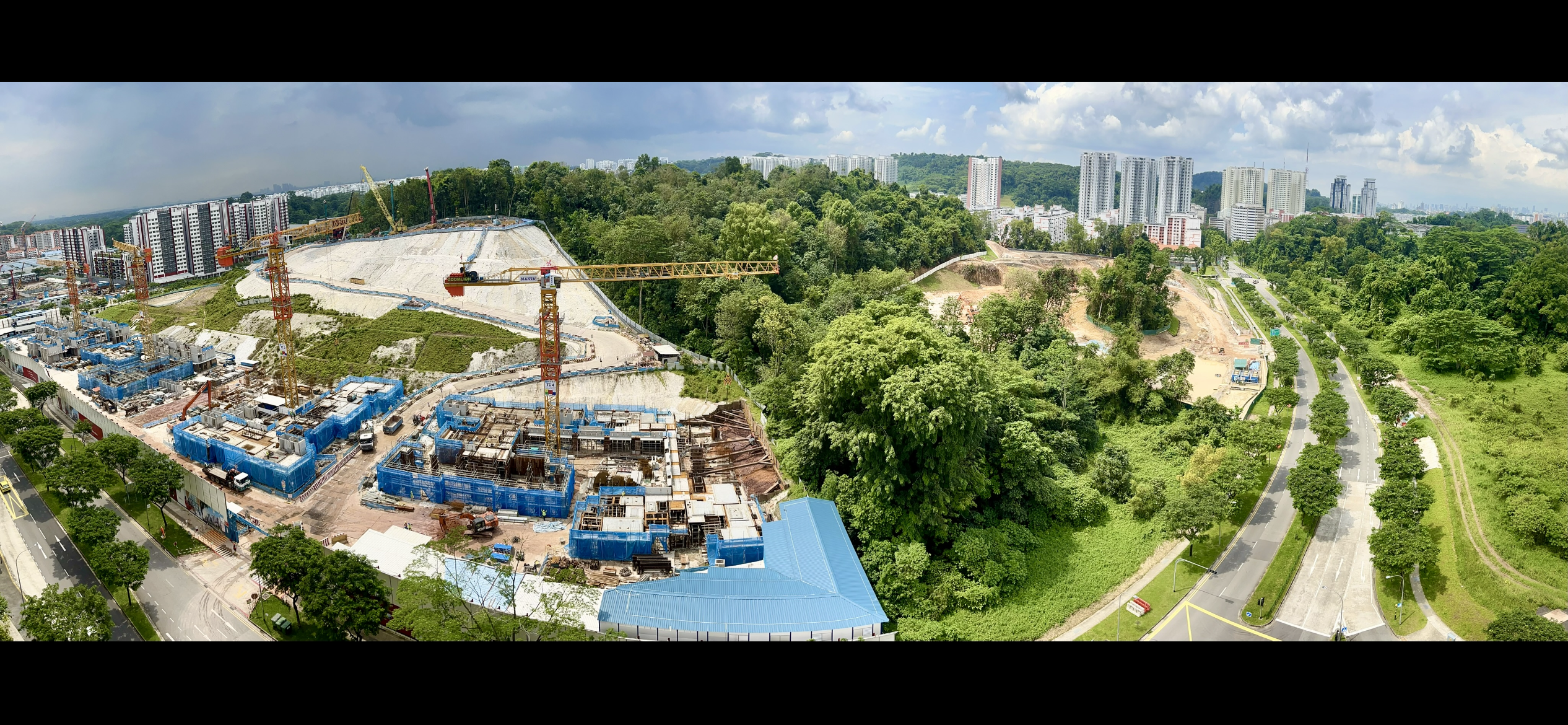Environmental issues
-
Book highlights: “Dynamic Environments of Singapore”
I borrowed a book called “Dynamic Environments of Singapore” by Daniel Friess and Grahame Oliver (published in 2015) from a public library recently, which I find quite informative, though slightly dense. Here’s sharing some noteworthy details: Which of these points stands out for you the most? For me, the first two points particularly stand out… Continue reading
-
Beach cleanup at Sungei Durian, Pulau Ubin (24 February 2024)
Last month, the Pulau Ubin cleanup session was postponed due to inclement weather during the northeast monsoon season. Thankfully, the weather was dry when we embarked on our first beach cleanup session of the year 2024 yesterday, albeit a tad too hot and humid in the mid afternoon, causing us to perspire even before we… Continue reading
-
Sungei Buloh wetland reserve: 30th Anniversary | World Wetlands Day celebration with Biking 4 Biodiversity
On 25 November 2023, I attended the celebration of the 30th anniversary of Sungei Buloh wetland reserve at the main visitor centre. Sungei Buloh has gone from strength to strength, and has been transformed from glory to glory since its inception in 1993, thanks to conservation efforts by Nature Society (Singapore) and volunteers among the… Continue reading
-
Rescue of an injured waterhen at West Coast Vale
On 9 January 2024, I was involved in the rescue of an injured bird, which I passed by around 7.30 pm while cycling along West Coast Vale during my dinner shift. After stopping to examine the stationary body of the bird in the middle of the road, I recognised it was a white-breasted waterhen and… Continue reading
-
Impact of deforestation and urbanisation on parakeets and mynahs in Singapore
Much like humans and other primates, certain bird species such as parakeets and mynahs are social creatures. Towards end of the day, parakeets and mynahs would flock to their roosting trees to congregate, chat/chatter loudly to exchange notes and greetings before retiring to bed. One difference is that parakeets are forest-dependent birds and prefer to… Continue reading
-
Bukit Batok hillside park: Water pollution of rare natural freshwater stream caused by silty runoff from construction site
While I was checking out the cascades of the natural freshwater stream (indicated as Stream A in the Bukit Batok hillside park EIS report) during a storm on Tuesday 28 November 2023 around 4 pm, I noticed that the originally clear water of the stream was eventually mixed with the muddy storm runoff flowing from… Continue reading
-
Littering and water pollution in Kallang River
About seven years ago, I wrote to the Straits Times forum: “It has been said that Singapore is not so much a “clean” city as it is a “cleaned” city. I agree. On 23 August 2016, I saw lots of rubbish floating in the river next to Braddell bus depot. It must have been washed… Continue reading
-
How does Singapore compare with five other cities regarding making room for Nature?
An article by BBC Earth explores how “six cities have found ways to incorporate greenery into their cityscapes – to the benefit of their populations and the environment.” They include Singapore, Curitiba, Izmir, New York City, Seoul and Liverpool. According to the article, “these projects from all around the globe show just how possible it… Continue reading
-
Pulau Ubin cleanup event (22 July 2023, Saturday)
Organised by the founder of Pulau Ubin cleanup group, Samuel Gmehlin, this environmental cleanup event was attended by about 20 volunteers. My teammates picked up about 137 kg of discarded trash by the end of the 1.5 hour session in the central part of the island near the main jetty. The collected rubbish includes old… Continue reading
-
Pulau Ubin cleanup (near Jalan Durian), 10 June 2023
Almost a decade ago, I lamented in a blog post that “littering and improper waste disposal are still a perennial problem, especially along the southern and eastern coasts of Pulau Ubin”. Today, I found myself in the eastern forest of Ubin island taking pictures of a cleanup event as a voluntary photographer. Although picking up… Continue reading
